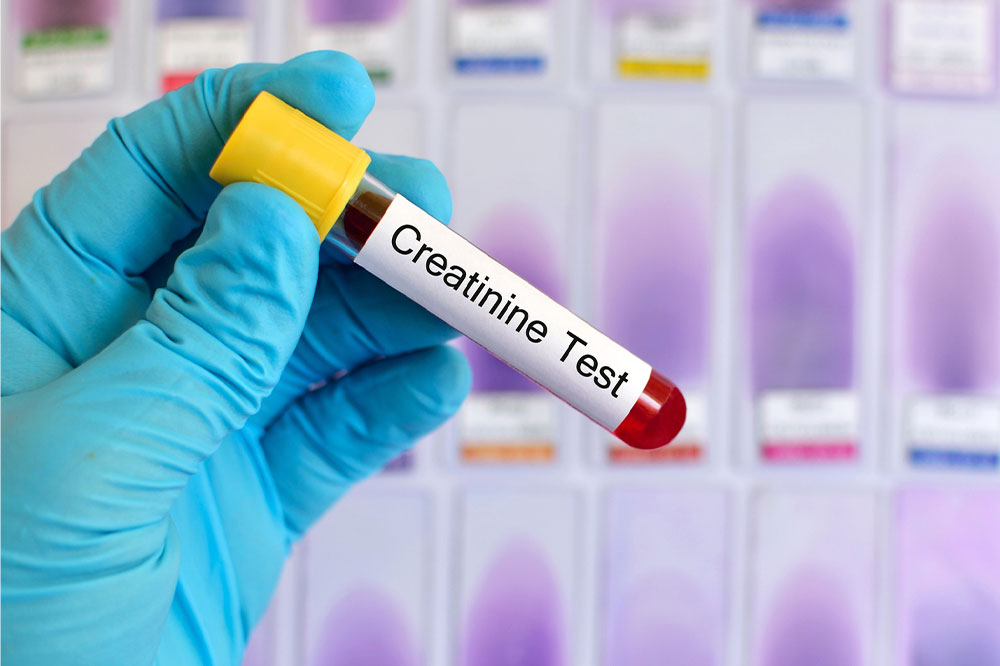
Causes, symptoms, and management of high creatinine
When we exercise or indulge in physical activities, our muscles produce a chemical waste called creatinine. The chemical is filtered from the blood by the kidneys and expelled from the body during urination. This process is essential because high creatinine can cause discomforts like nausea, swelling, and fatigue. When one’s creatinine levels are high, it indicates their kidneys are not functioning correctly. Hence, doctors measure creatinine in the blood to diagnose and monitor kidney disease.
Causes of high creatinine
As mentioned, a person’s creatinine increases when their kidneys do not work correctly. Poor kidney function could result from several factors, including:
Kidney damage
Damage or injury to the kidneys can lead to improper filtration, causing an accumulation of creatinine in the blood.
High-protein meals
Eating protein-rich foods can affect the kidneys’ working, especially among those with kidney disease. Creatinine levels rise as the body breaks down the excess protein.
Certain health conditions
Diabetes, high blood pressure, and glomerulonephritis can lead to kidney failure and high creatinine levels.
Identifying the underlying cause of high creatinine is essential to develop the best course of treatment. If a person suspects they have high creatinine, they should consult a healthcare professional to determine the underlying cause and take appropriate measures to reduce the levels. It is important to note that even small changes in creatinine levels can indicate a significant change in kidney function.
Signs of high creatinine
When the kidneys do not work well, creatinine levels in the blood can rise, causing several symptoms and health risks. Here are some signs of high creatinine levels individuals should watch out for:
Fatigue
The patient may feel tired and weak, even without exercising or performing physical activity.
Shortness of breath
Individuals may have difficulty breathing when exercising or indulging in physical activity.
Swelling
One may notice swelling on the feet, ankles, legs, face, and under the eyes.
Muscle cramps
The person may suffer muscle cramps and twitching, especially in the legs.
Changes in urine
One may have difficulty passing urine, or the urine may appear foamy, dark, or have a strong odor.
Ways to bring down high creatinine levels
Being diagnosed with high creatinine is no cause for panic. There are several ways to bring down high creatinine levels, including:
Food changes
Reducing protein intake and increasing fiber can help lower the levels of this compound in the blood.
Lower salt intake
Consuming too much salt can lead to water retention and increased creatinine levels, so reducing its intake can help.
Staying hydrated
One can flush out excess creatinine from the system by drinking plenty of water and healthy fluids.
Exercise
Regular exercise can improve kidney function and lower creatinine levels to a certain extent.
Avoiding certain treatments
Specific treatment options can raise creatinine levels, so individuals should talk to a doctor before using treatments for underlying health conditions.
One should work with a doctor to determine the best ways to manage high creatinine. Patients can lower creatinine levels and improve overall health with these lifestyle changes.




